Let’s rewind to a few years ago.
Not a chance.
Your skin absorbs so much of what you put onto your body, so it’s your duty to make sure it is absorbing things it actually likes. Unfortunately, lots of products contain cheap ingredients that can irritate or dry out your skin, and unless you know the cause its likely you will end up buying yet another product to deal with it, instead of forgoing what is actually causing the damage. These days my skincare is a lot more natural and I love knowing what the ingredients list on the packaging actually says.
Not all chemical ingredients are bad for your skin, but when you’re unsure what each word means, it’s hard to judge exactly what they do. So, I decided to set the bar straight and make one easy list, detailing some of the key ingredients found in skincare, natural or otherwise so that you can make up your mind on what goes onto your skin.

Just before we start, I want to tell you about surfactants, since I had no idea what this meant myself and it is vital to understand if we are to learn what a variety of ingredients roles are. Surfactants are compounds that lower the surface tension (or interfacial tension) between two liquids, between a gas and a liquid, or between a liquid and a solid. Surfactants may act as detergents, wetting agents, emulsifiers, foaming agents, and dispersants.
To put it simply, surfactants help things to mix. Commonly with skincare surfactants are used to make dirt and oils mix with water so they can be washed away, cleaning our hair and skin. Soap is a great example of a surfactant as its main job is to shed dirt from your body, and fragrance or moisturiser they use is an added bonus. https://en.wikipedia.org/wiki/Surfactant
Sodium Laurel Sulphate | AKA SLS | Surfactant
Sodium Laurel Sulphate is a surfactant commonly used in soaps and shampoos. It creates a thick foam when rubbed onto your body or hair that aids you to cover the whole area, and rinse it off with ease. However, SLS is rather a harsh surfactant and can remove too many of your natural oils. When this happens on your skin you are likely to notice a drying feeling, but it has a harsher effect on your hair. Since your scalp is a sensitive, and naturally oily place, it will get to work creating more oils to replace the ones that your shampoo just removed. If you shampoo too much this means your head will create more and more oils, meaning that your hair will start to look greasy incredibly fast. To remedy this, you need to put up with oily hair for a bit and shampoo your hair less. Try products that don’t include SLS as these usually contain a more gentle surfactant. It may take a little while for your hair to get used to the new routine, but you will benefit from a healthier head and scalp, and be able to wait longer before needing to wash again.
TRY INSTEAD
Sodium Cocoyl Isethionate |AKA Sodium Isethionate | Surfactant
This is a sodium salt derived from coconut oil that is a common replacement for animal-derived sodium salts like sodium tallowate (which is from cattle and sheep). Sodium isethionate cleans the skin and hair by helping water to mix with oil and dirt so that they can be rinsed away. Sodium isethionate is quite mild, therefore it's often found in toothpastes and in baby soaps, but you can also find shampoos that use it such as The O.G from Shampoo With A Purpose.
Source: How Stuff Works
Carmine | AKA E120, Cochineal | Red dye
Carmine is commonly found in lipsticks and other beauty products because it produces an intense red dye. It is also regularly used as a food colouring (usually labelled on the ingredients as food colour E 120) and as a clothing dye. While there are a few ways to achieve this colour from fruit extracts, the most common source is actually from insects. In particular the cochineal insect which uses carminic acid to protect against other predatory insects. Unfortunately, that does nothing to protect the insects against us crushing them up into a and smothering them onto our lips in this seasons’ best red lipstick, or powder it on as a blush or eye shadow.
Source: Lipstick History
For a brilliant vegan and organic red lipstick, check out Hanami.

Eucalyptus oil | Healer
Honestly the more I hear about this tree that grows right on my doorstep, the more I am convinced it’s magic. Eucalyptus oil is made from the leaves of eucalyptus trees and is well known for it’s scent. Not only does eucalyptus oil smell brilliant, but it has healing and soothing properties that help reduce inflammation and improve respiratory conditions. Most vapour rub type products are made using petroleum jelly (read more on that below) but I prefer the good stuff. I love using an all-natural and vegan Eucalyptus rub like this one from The Physic Garden that helps moisturise and sooth a sore throat.
Source: Draxe
Turmeric | Antioxidant
Turmeric is amazingly versatile. It can be used as a spice in the kitchen, makes a great latte and can even be used on your skin. The biggest thing to be cautious about with this vibrant spice is staining. While it won’t last long on your skin, be mindful that you might have to scrub a little after use so this isn’t something to use in a rush. However, I assure you the benefits of turmeric, vastly outweigh the negatives: It contains antioxidants and anti-inflammatory components that may help to brighten and revive your skin, giving it a natural glow, as well as decreasing redness. It may also reduce flare ups if you suffer from a skin condition such as psoriasis (be sure to consult a doctor before trying) and it can help to reduce acne and acne scars. Try the Turmeric Clay Mask from Zero Waste Beauty Australia
Source: Healthline
Petroleum Jelly | AKA Petrolatum, Petroleum, Mineral oil | Moisturiser
You have probably come across petroleum jelly multiple times in your life without really knowing what it is. Personally, I used a product called Vaseline for years which uses petroleum jelly as the primary ingredient for years as a cheap way to help chapped lips to recover, as well as dry heels, a sore nose, and anything else that needed moisturising. Plus, it can create a protective barrier which can aid wounds to heal. While petroleum jelly is considered safe for external use, it isn’t one I particularly want to continue using as it is a product made from petroleum. Petroleum is a fossil fuel made up of dead organisms, (mostly algae and zooplankton) that has been heated up and pressurised deep below the earth’s surface for thousands of years. Petroleum jelly is a refined version of petroleum that oil rig workers often used on their cuts or burns as they believed it ‘hastened the healing’. Petroleum is a finite resource and it is estimated that the world consumes around 95 million barrels of the stuff each day as it is used to make fuel (petrol) plastics, pesticides, and a wide variety of other materials. According to Wikipedia ‘The use of petroleum as fuel is controversial due to its impact on global warming and ocean acidification. According to the UN's Intergovernmental Panel on Climate Change, fossil fuel phase-out, including petroleum, needs to be completed by the end of 21st century to avoid "severe, pervasive, and irreversible impacts for people and ecosystems".’ Oh, and it certainly isn’t vegan.
Sources: Wkipedia
TRY INSTEAD
Shea butter | Moisturiser
Shea butter is a fat that is extracted from the nut of the African shea tree that helps to moisturise dry areas and help protect your skins natural oils. Shea butter can also help to reduce inflammation and can aid in the skin’s natural collagen production, resulting in smoother skin. Shea butter can be found in all kinds of skincare products such as body butters, lip balm, hair oils and shampoos such as this bar from Shampoo With A purpose, specially formulated for dry or damaged hair. It contains super nourishing ingredients such as Almond oil, shea butter and argan oil.
Source: Wellness Mama
Argan oil | Moisturiser
Argan oil is produced from the kernels of the argan tree. While also used as a dip or drizzle in the kitchen, argan oil is known to be used in skincare products for a number of reasons. Firstly, as it is rich in Vitamin E, argan oil is an antioxidant. Secondly it contains oleic and linoleic acids that are vital nutrients for maintaining healthy skin and hair and increases the moisture content of skin. Personally, I use pure argan oil to moisturise my hair by rubbing a few drops into the length of my wet hair after washing. It is also thought to reduce split ends and treat / reduce stretchmarks however there is not enough research to prove the efficiency.
Source: Healthline
Bicarbonate Soda | AKA Baking Soda, Bi Carb | Scrubber?
Baking Soda has multiple uses, making it hard to pin point what it’s exact use it, but I see it mostly as a scrubing ingredient. It is used in natural toothpastes, scrubs and face masks usually as an exfoliator but it is mildly drying. It is also used in natural deodorants because it has antibacterial properties which help to deal with odor-causing bacteria while absorbing sweat. However, because bicarbonate soda can be a little rough on your skin, arrowroot powder is a great alternative. This powder is finer and softer on your skin, while holding similar properties to baking soda. If you have sensitive pits, consider trying The Physic Garden Sensitive Deodorant.
Source: Curejoy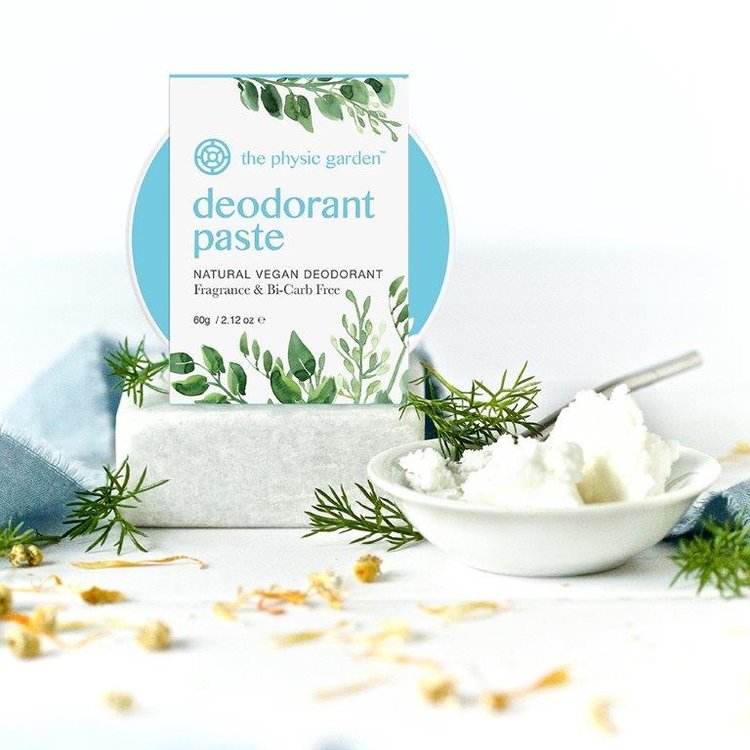
I will definitely be making more ingredients guides in the future, so let me know what else you want to know about your skincare!

About the author: Chloe is an ethical lifestyle writer and video maker known online as Be Kind Coco. She loves cats and a good cuppa and is on a mission to make ethical living easy.



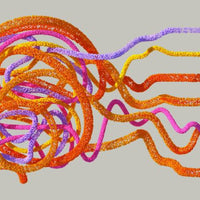
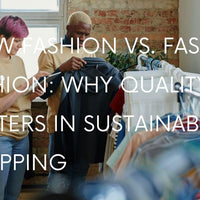
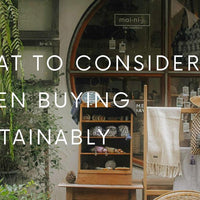
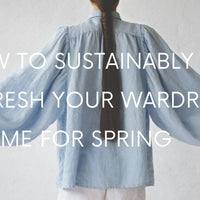
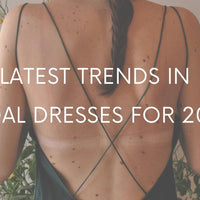
0 comments